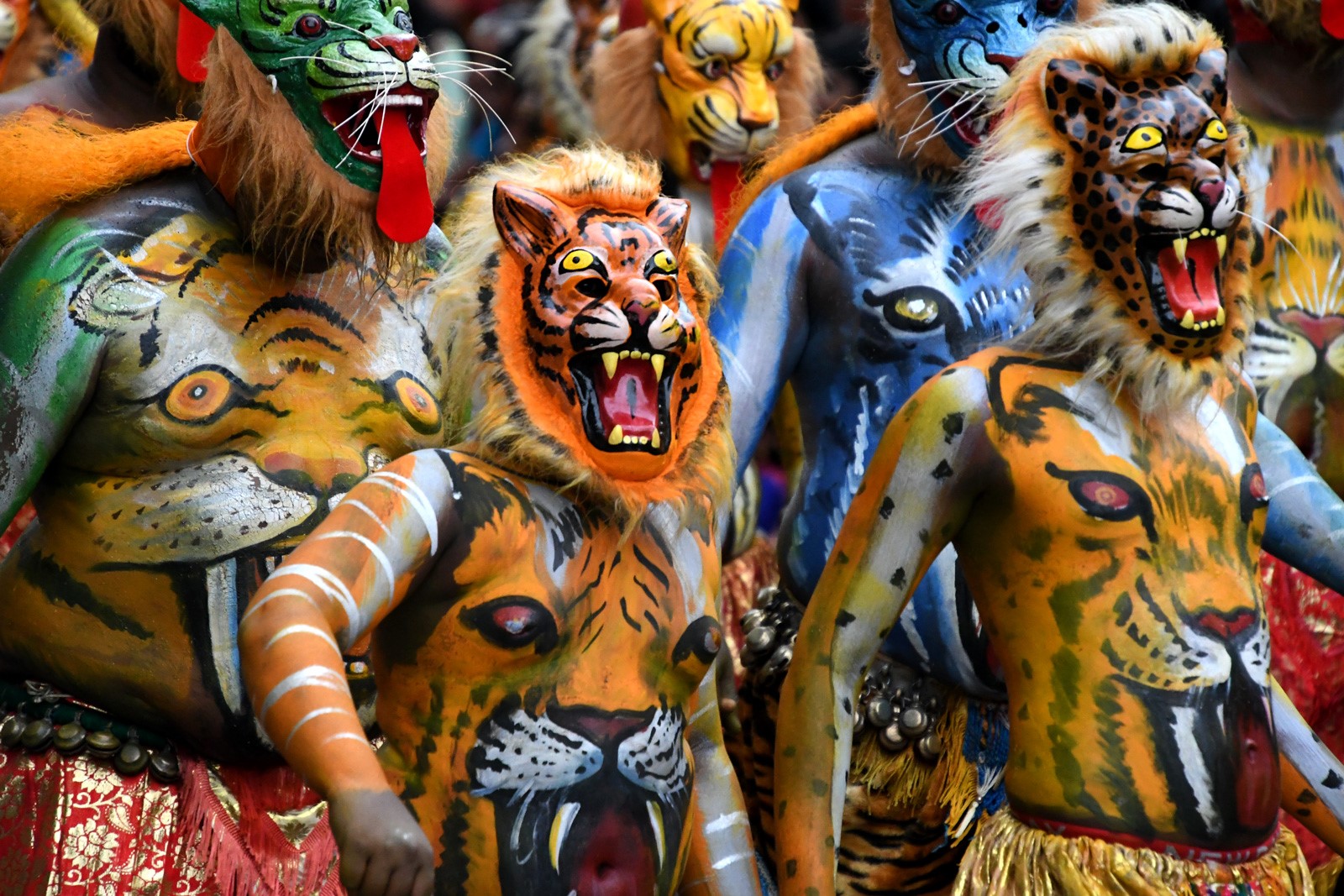Free Courses Sale ends Soon, Get It Now


Free Courses Sale ends Soon, Get It Now



Disclaimer: Copyright infringement not intended.
Context
Details
The Puli Kali Experience
About
History of Puli Kali
Significance of Puli Kali
Dance and Music
Conclusion
Pulikkali is more than just a festival; it's a vibrant and dynamic celebration of Kerala's cultural heritage. With its unique blend of art, tradition, and inclusivity, Pulikkali continues to roar its way into the hearts of both participants and spectators, adding a splash of color and excitement to the Onam festivities in Thrissur.
|
PRACTICE QUESTION Q. What is the primary theme and significance of the traditional Indian festival known as "Puli Kali"? 1. Puli Kali involves body painting and dance to resemble tigers and leopards. 2. It is celebrated in Kerala as part of the Onam festival. 3. Puli Kali is primarily a religious ritual associated with harvest festivals. Options: A. Only Statement 1 is correct. B. Statements 1 and 2 are correct. C. Statements 2 and 2 are correct. D. All three statements are correct. Correct Answer: B |
© 2024 iasgyan. All right reserved